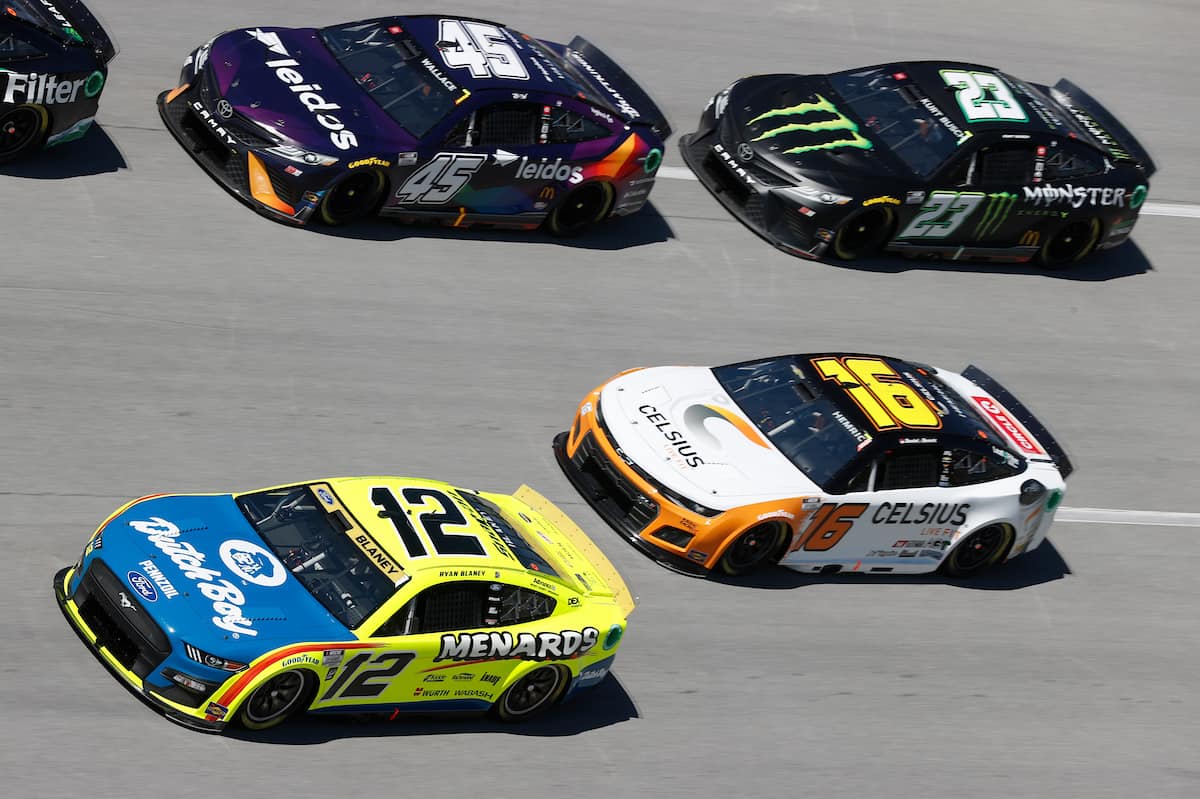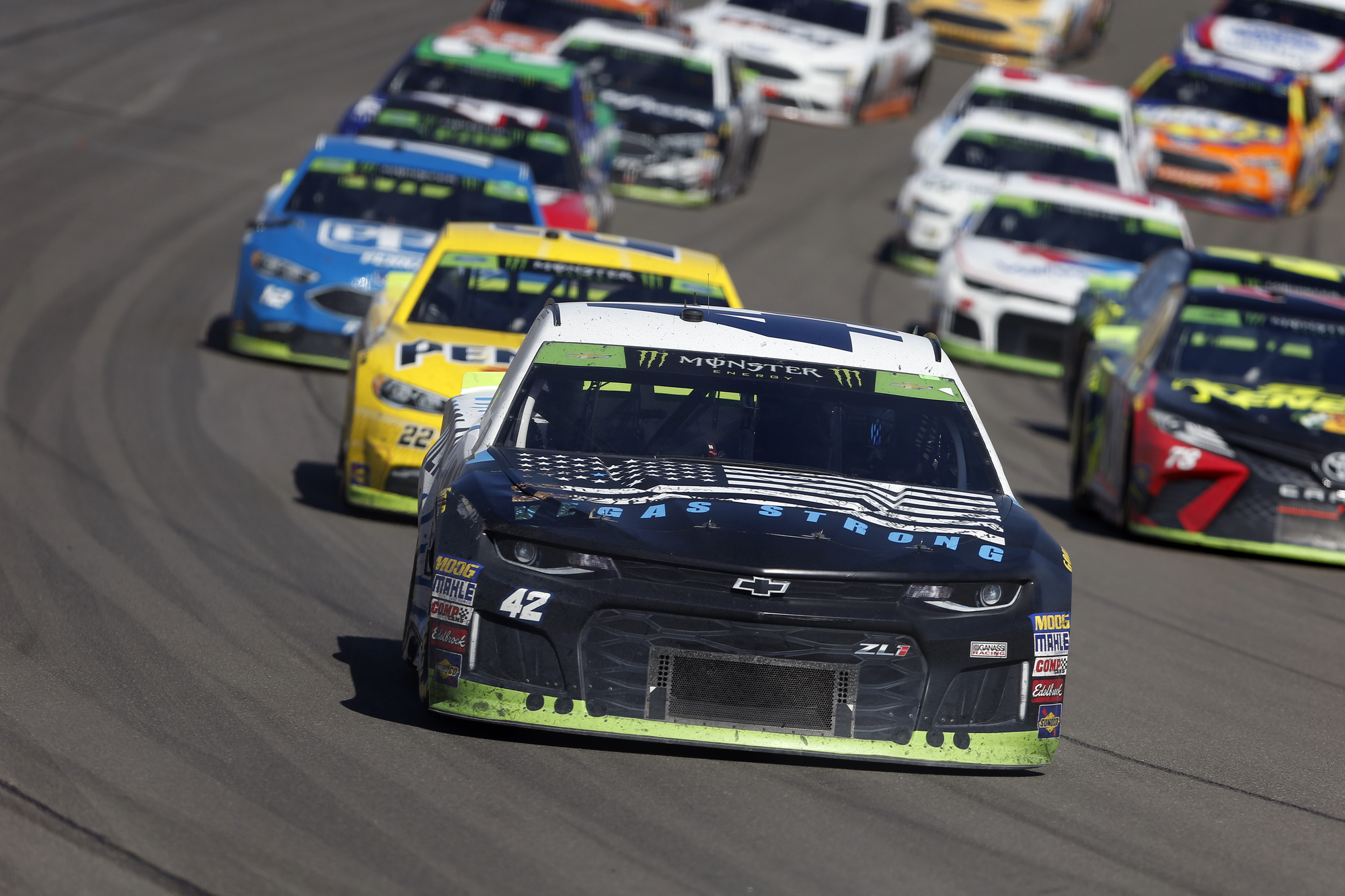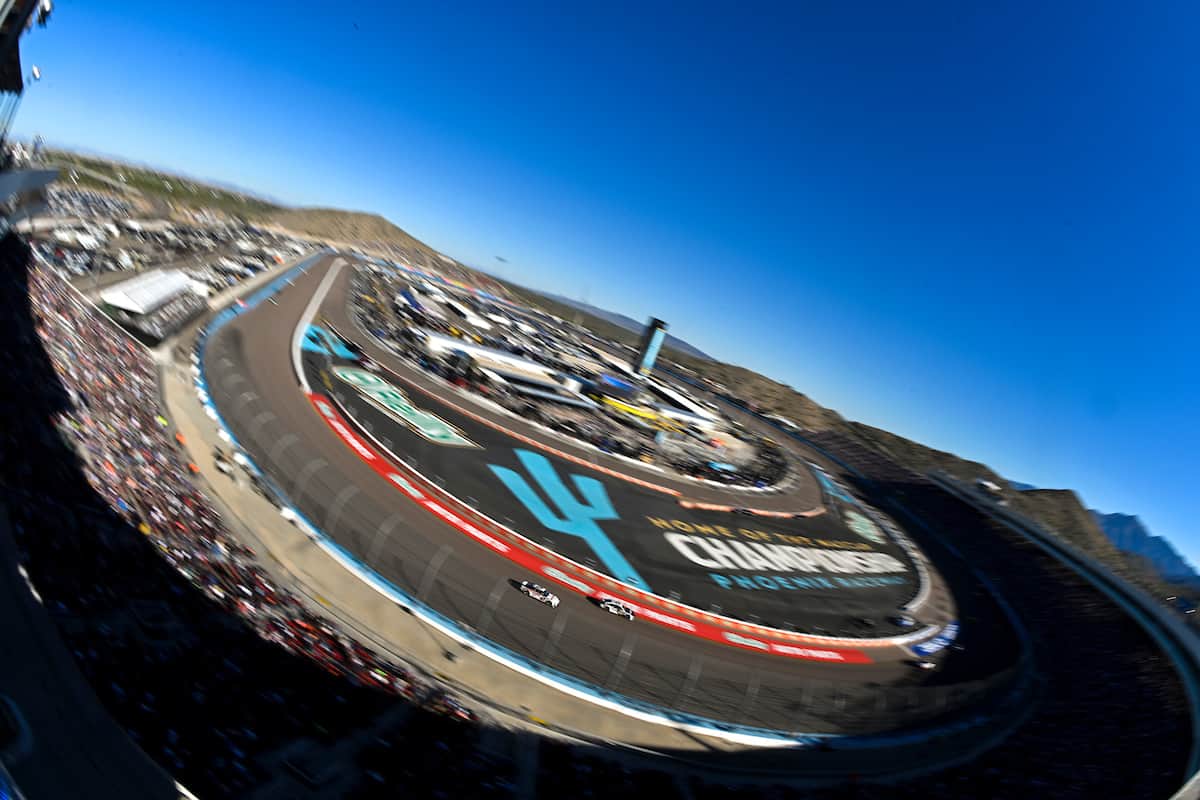Is NASCAR hard on the body?
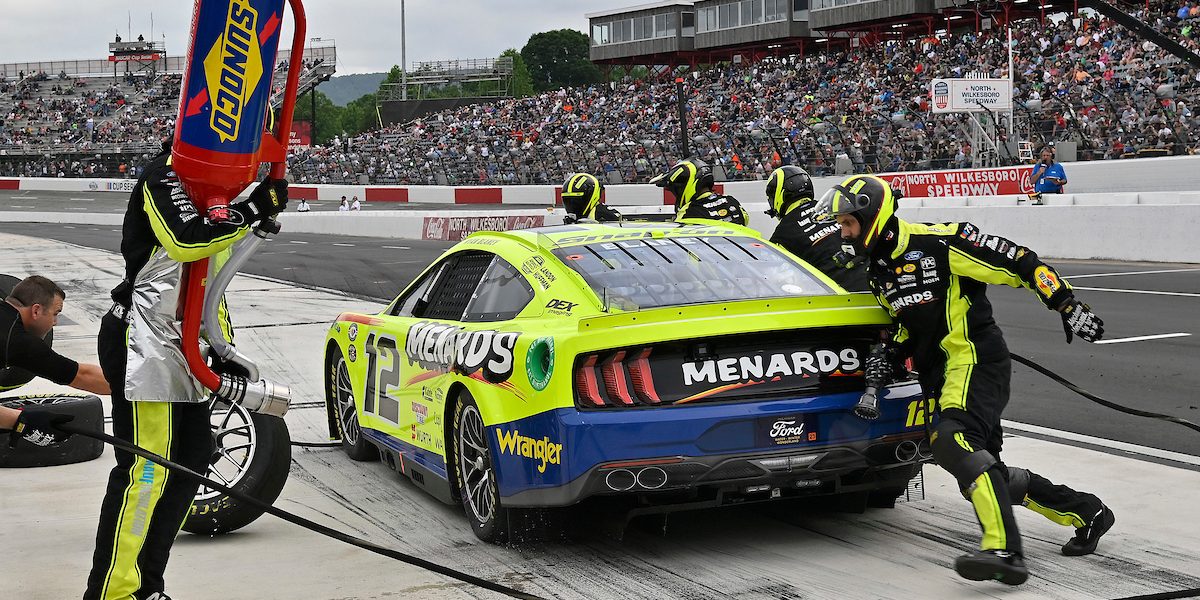
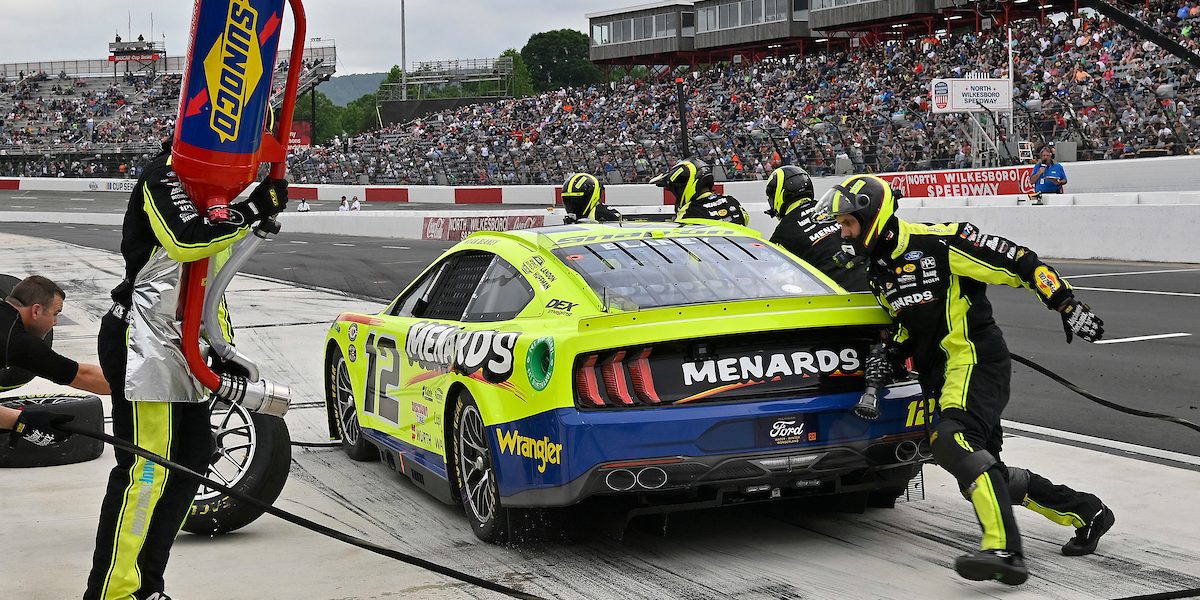
The physical strain involved in NASCAR is intense. Drivers endure high speeds, G-forces and extreme temperatures. This leads to tiredness and aching muscles. To stay fit and avoid injury, they must have a strict training program.
A unique detail is that drivers lose up to 15 pounds of water weight in a race. Neck pain is caused by constantly turning their head while driving at fast speeds.
Even with these challenges, NASCAR remains a popular sport. Drivers are passionate and push themselves to conquer anything.
Table of Contents
Physical Demands of NASCAR Racing
To highlight the physical demands of NASCAR racing and provide a solution, this section delves into the G-forces experienced by drivers and their impact on the body, the risk of heat and dehydration, the mental stress and fatigue that drivers face, and the injuries commonly seen in NASCAR racing.
G-Forces and Their Impact on the Body
The G-forces in NASCAR racing put huge pressure on the body. It can cause fatigue and reduce focus and reaction times, affecting performance.
Plus, crashes and sudden stops can lead to serious injuries. That’s why physical fitness and conditioning are so important.
Pro Tip: Drivers need to train for NASCAR racing. This includes cardio, strength, and flexibility exercises to manage their body’s needs.
Heat and Dehydration
NASCAR racing is an intense physical challenge. Drivers must take care to avoid heat-related illnesses and dehydration. Heading at high speeds in a sealed cockpit with scorching temps inside the vehicle takes a lot of effort to stay focused.
Drivers drink electrolyte-filled drinks to stay hydrated. Special cooling suits help too. They spread cool water with small tubes throughout the body, so drivers can stay chill while driving fast.
To dodge heat exhaustion, drivers take breaks at pit stops for cooling off. Regular exercise and fitness routines can build up cardiovascular health and sweat response.
NASCAR drivers need to be aware of the risks of dehydration and heat exhaustion. With the right measures, they can optimize performance and stay safe during the race.
Mental Stress and Fatigue
Racing in NASCAR puts a lot of strain on drivers. They need to keep their focus, make quick decisions, and stay in control. Plus, they have to adjust during pit stops, and receive feedback from spotters. All this adds up to mental exhaustion.
It takes a lot of pride to perform at this level. Many drivers talk about pushing through pain, even when they’re feeling unwell. One legendary driver had stomach trouble, but still won the race!
Racing is full of surprises. Drivers never know what to expect until they cross the finish line! It’s amazing that they can battle through all kinds of physical and mental pain and still be superheroes on the track.
Injuries Commonly Seen in NASCAR Racing
NASCAR drivers can suffer physical injuries due to the sport’s demands. These range from minor to severe, potentially impacting long-term health and performance.
Whiplash can happen when the head and neck are suddenly yanked, resulting in strains or tears in muscles, ligaments, or other soft tissues. High-speed collisions can cause concussions, with symptoms such as headaches, vision problems, dizziness, and memory loss.
Crash-impact often leads to broken bones, like ribs, arms, or legs, and fractures of neck vertebrae. Fires during accidents can cause burns and organ damage from inhaling smoke. Cuts and bruises can occur due to sharp objects and G-forces.
Muscle strains or sprains from gripping the steering wheel for too long is also common.
Nowadays, safety features in racecars have decreased fatality rates, though drivers must still take precautions as racing is dangerous. History has seen fatalities even with protective gear, proving no impact can be too strong.
Pre-race Preparation and Training
To prepare yourself for NASCAR racing, you need to condition your body and mind with specific fitness routines and hydration and nutrition. In this section, we will dive into the details of pre-race preparation and training. This will cover three sub-sections – fitness and conditioning, hydration and nutrition, and strategies to reduce mental stress and fatigue, to help you get ready for NASCAR racing.
Fitness and Conditioning
Conditioning and Physical Fitness are vital for any athlete or sports fan. It entails efficient training plans to boost strength, endurance, flexibility, and agility – all necessary for great performance during races or contests.
Creating a successful fitness routine necessitates a mix of cardiovascular activity, resistance training, and mobility exercises. This combination will expand oxygen efficiency by strengthening the heart and improving lung capacity, while adding muscle strength and lowering the risk of getting hurt before the race.
Including high-intensity interval training (HIIT) into your routine can also be an effective way to enhance overall fitness levels. This is because it works multiple muscle groups leading to more calorie burn in short time frames compared to moderate-intensity cardio workouts.
Keep in mind to prioritize rest and recovery periods in your training plan. This gives muscles enough time to heal and regenerate, thus decreasing the risk of overworking them and avoiding injuries that could mess up your preparation.
Pro Tip: Introduce cross-training activities such as swimming, cycling or rowing into your routine. This minimizes strain on certain muscles and joints while increasing overall fitness levels.
Hydration and Nutrition
Fuel your body correctly for the best performance! Hydration and nutrition are essential. Consume plenty of H2O and electrolytes to avoid cramps and fatigue. Include healthy carbs, protein, and fats into your diet. Have at least half an ounce of water per pound of body weight daily. Sports drinks can help replace electrolytes. Eat complex carbs like whole grains, lean protein like chicken or fish, and good fats from sources like nuts.
Don’t restrict calories before the race. Proper fueling is key! Research shows proper pre-race nutrition can help performance by up to 20%. To reduce mental stress and fatigue, take a mid-marathon nap!
Strategies to Reduce Mental Stress and Fatigue
Reducing mental stress and fatigue is essential for optimal race performance. Here are three effective strategies to help achieve this goal:
- Visualization techniques – Positively visualize successful execution of your race to boost confidence.
- Meditation – Even just a few minutes of meditation daily can reduce anxiety and improve focus.
- Proper Sleep Hygiene – Get enough sleep! Make a consistent sleep schedule, minimize distractions before bedtime, and avoid caffeine or alcohol close to bedtime.
Try these strategies during training sessions to find which works best for you. Don’t forget to mentally prepare for the race! Rest and relaxation are key to success in the big race. Incorporate these strategies to perform at your best.
Recovery and Rehabilitation
To aid in recovery and rehabilitation after NASCAR races, this section will cover the sub-sections of post-race cool-down and treatment, rehabilitating injuries, and preventative measures. By following these solutions, you can alleviate the physical strains of NASCAR and return to peak performance as quickly as possible.
Post-race Cool-down and Treatment
Once you’ve crossed the finish line, start coolin’ down and treat yo’self! This means activities to bring down heart rate and body temp, and avoid hurtin’ yoself.
You can do some light joggin’ or walkin’, stretch to loosen muscles and joints, roll around on a foam roll or get a massage, and hydrate with water or sports drinks.
If ya feel any injuries or discomfort, don’t hesitate to use ice, heat, compression garments, or get medical help.
And lastly, make sure you build recovery strategies like rest days, proper nutrition, and enough sleep into your training plan. This way you’ll be able to perform and grow optimally!
Rehabilitating Injuries
Rehab Programs for Injury Recovery
Rehab programs give the support needed to get better from an injury. Therapists plan treatments focusing on tissue repair, lessening swelling, and improving movement. Therapy helps ease pain and restore regular activity in injured spots.
Techniques such as massage, hydrotherapy, and electric stimulation boost blood flow and reduce puffiness in the area, making it more flexible. Incorporating exercises like yoga, pilates, and strength training in bits can build strength in the affected areas.
Pain management during recovery is important. It can help reduce fear of pain, let you have healing sleep, and provide comfort while being active.
After treatment is finished, going on with exercises at home can avoid further injury or re-injury until you’re fully healed. Remember to ask your therapist or doctor before starting any new activities. Taking preventative measures is like wearing a seatbelt – it may be annoying, but it prevents the pain of a crash.
Preventative Measures
Precautionary Tactics in Recovery and Rehabilitation can prevent further harm and aid in returning to usual. These include:
- Living a healthy lifestyle to evade potential injuries
- Physical therapy or exercise to strengthen the body
- Wearing protective gear for high-risk activities
- Maintaining proper form during work or exercise
It’s also essential to note that needs vary; thus, consulting medical pros, trainers, or specialized rehab centers could benefit. The National Institutes of Health conducted a study displaying that early preventive steps during recovery could enhance the health of patients.
Recovery and Rehabilitation should be taken one day at a time. And if that day brings ice cream, who am I to disagree?
Is NASCAR hard on the body? – Key Takeaways
The Physical Demands of NASCAR Racing
NASCAR is an intense sport! It requires strong physical endurance. The heat, G-forces, and pressure are all hard on the body. Heart rates go up to 150 beats per minute for hours. This puts a strain on the cardiovascular system.
Also, drivers must be able to react quickly and have sharp hand-eye coordination. Crashes can lead to injuries, such as broken bones and concussions. So, a disciplined fitness routine is necessary to stay competitive.
Interestingly, some drivers use unconventional methods. E.g. Austin Dillon runs a dark maze wearing night vision goggles. This simulates the disorientation of racing at high speeds.
In 2018, a study was published in the Journal of Science and Medicine in Sport. It found that NASCAR drivers had higher levels of physical stress during races than their training sessions. Long-term changes in physiology could result from competing in NASCAR.
Is NASCAR hard on the body? – Frequently Asked Questions
1. Is NASCAR hard on the body?
Yes, NASCAR drivers experience a significant amount of physical stress while racing. The G-forces and vibrations during a race can cause fatigue, muscle soreness, and neck and back pain.
2. What kind of physical shape do NASCAR drivers need to be in?
NASCAR drivers need to be in top physical shape to handle the physical demands of racing. They focus on cardiovascular training, strength training, and flexibility exercises to maintain endurance and prevent injury.
3. How does a NASCAR driver train for physical fitness?
NASCAR drivers typically train through a combination of cardio and strength exercises, as well as specific drills to improve reaction time and hand-eye coordination. They also work with coaches to create customized workout plans to address individual needs and strengths.
4. Do NASCAR drivers experience any long-term effects on their health from racing?
There is evidence to suggest that long-term exposure to the physical stresses of racing can lead to health issues such as neck and back pain, hearing problems, and concussions. However, these risks can be mitigated through proper training, safety equipment, and periodic medical checkups.
5. How important is a driver’s diet in NASCAR?
A driver’s diet is essential in NASCAR as it can impact energy levels, focus, and overall health. Many drivers follow strict meal plans to maintain a healthy weight, meet nutritional needs, and optimize performance on the track.
6. What safety equipment do NASCAR drivers use to protect themselves?
NASCAR drivers use a variety of safety equipment to protect themselves, including full-face helmets, fire-retardant suits, neck restraints, and head and neck support systems. Race cars are also equipped with features such as roll cages, crush zones, and impact-absorbing foam to further protect drivers in the event of a crash.







